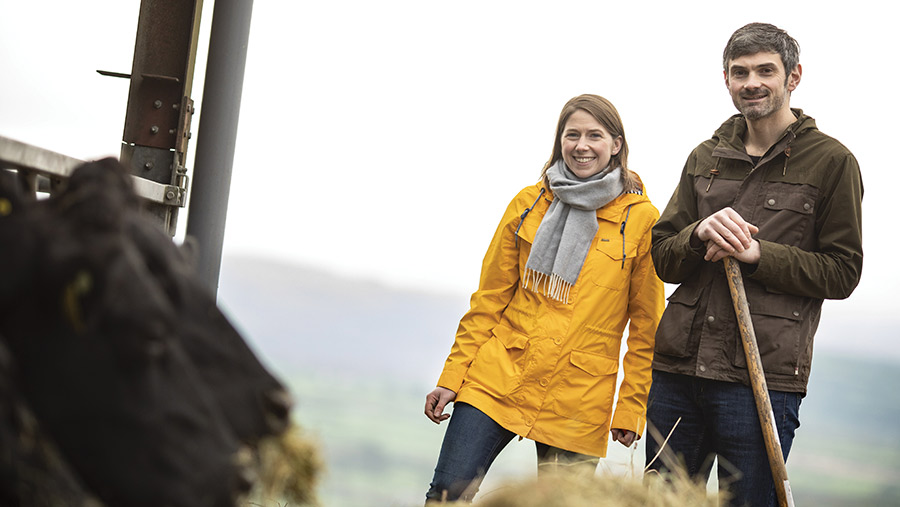Farmer Focus: Pleased with summer forage mix at 14p/kg DM
 © Cathal Noonan
© Cathal Noonan Being a relatively dry farm with free-draining land, we tend to delight in this kind of a summer.
Understandably, this is a very unpopular opinion, but feeding only 1kg of cake in the parlour with plenty of grass ahead of the cows in midsummer has been great.
It’s Sod’s Law that the first year we grow a summer forage crop to graze during a dry spell, we end up feeding during a wet spell. Either way, it was an interesting experiment.
See also: Protein forage crops give gains of up to £178/ha, says study
The mix of rye, vetch, clovers, radish, rape, turnip and phacelia was more than waist high and, despite the strangeness of it for the cows on the first grazing, they floored it every morning thereafter.
We measured approximately 7.6t dry matter (DM)/ha grown from an April 24 sowing, with strip grazing for the month of July.
The crop stalled with the dry weather in May, but burst into life with rain thereafter.
We had a polywire break set up for two hours after milking, allocating 2-3kg dry matter (DM)/cow on a daily basis.
Despite having plenty of standard pigtail posts securing the polywire, the cows were so keen they began to push them over to reach more of the crop.
After a few days of the same cow pushing over a pigtail and stepping over the fence, she encouraged her friends to follow her.
The problem was resolved by changing to hot pigtail electrified posts.
We grazed a section every day in July and quickly followed with a grass-clover seed mix direct-drilled on the last day of the month, which is already out of the ground. So what did we learn?
Pros: In a dry summer, this is an easy supply of quality feed to take the edge off grass demand when grass growth comes under pressure. We costed it at roughly 14p/kg DM utilised.
Cons: It must be grazed when it’s ready. There isn’t much flexibility as the crop quality declined slightly over the month of grazing. Early sowing is essential.
When April can be such a busy month, the benefit of getting seed in the ground when the moisture is there to germinate was key.
Leaving sowing until early May would have been disastrous, as the early dry spell would have been too hard to overcome.

